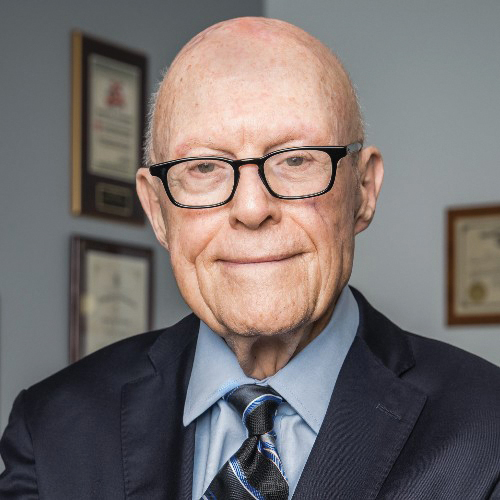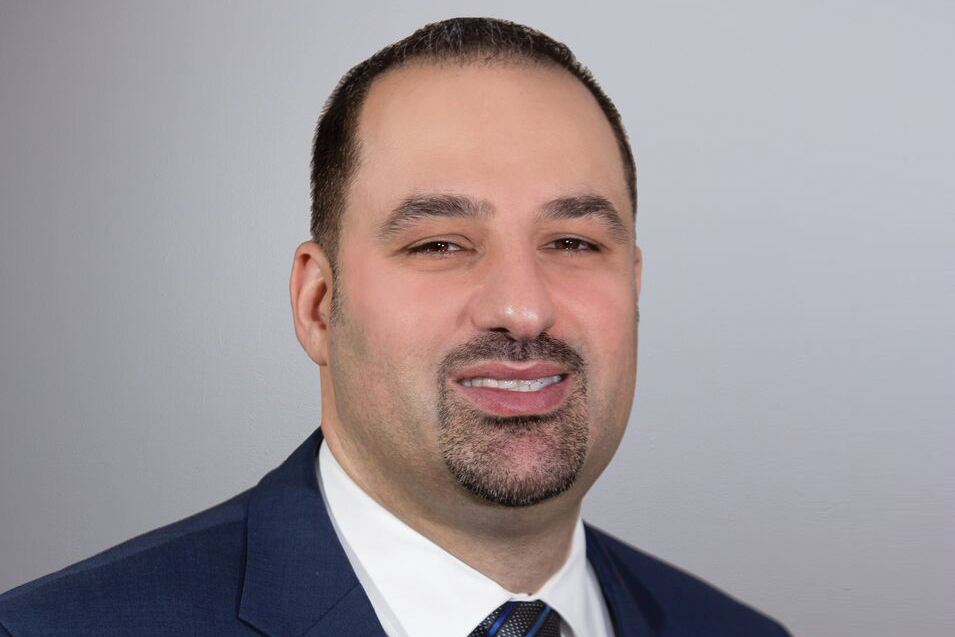Making a Habit of Best Practice
Keystone Asset Management Finds Solutions in Every Real Estate Scenario. By Carole VanSickle Ellis Keystone Asset Management has been on the path to big things from its very inception. Founded in 1995 in Philadelphia, Pennsylvania, Keystone started out, as CEO Ryan Hennessy describes it, as “a real estate company in ‘Philly’ handling distressed bank-owned assets for lenders including Fannie Mae, Freddie Mac, HUD, and various financial institutions.” Keystone is a
Read More












